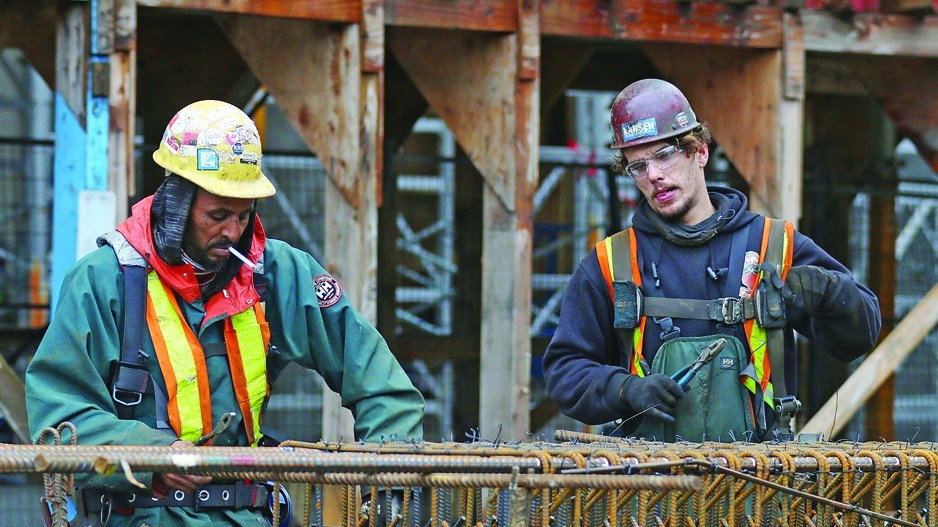Severe flooding, mandatory sick pay and “mismatches” in labour demand are among the headwinds facing the West Coast economy going into 2022, according to the latest forecast from the Business Council of B.C. (BCBC).
Economists at the council had predicted as recently as August the province’s GDP would expand 5.8% this year. This week’s new outlook has downgraded that growth trajectory to 5%.
Economic expansion will fall even further in 2022, reaching 4% as the pandemic recovery slows.
“The flooding that devastated B.C. communities in November, displacing families and businesses, and severing critical transportation connections, has also necessitated a downward recalibration,” wrote report co-authors Ken Peacock and David Williams, the BCBC’s chief economist and vice-president of policy, respectively.
“While the full extent of the damage and how long it will take to repair key transportation infrastructure are uncertain, the impacts from the flooding disaster are localized but are also reverberating through the economy [and] compounding supply chain issues.”
In a bid to stoke growth in the national economy, Ottawa has embarked on efforts to bring in 1.2 million immigrants over the next three years.
While economists at the Royal Bank of Canada (TSX:RY) said the initiative would "further stimulate consumption and investment," the BCBC sees it resulting in an uneven labour market.
“The federal government, in our view, made a policy error by ramping up immigration targets at a time when labour demand was in recession and struggling to recover. At a stroke, the government moved the goalposts on closing the labour market gap,” the BCBC outlook said.
“The federal government is stoking labour supply on the one hand, forcing the Bank of Canada to keep its extraordinarily loose monetary policy in place for longer to stoke labour demand on the other. The consequence of Canada’s policy discoordination is that the labour market is in overall excess supply, even as there are widespread labour demand-supply mismatches.”
Meanwhile, the province is legislating a sick-pay program effective January 1, 2022, requiring employers to provide workers with five days’ sick leave annually. The government estimates 50% of businesses do not already offer paid sick days to workers.
The BCBC said the new program will see those businesses either absorbing the costs or passing them on.
That comes “on top of escalating payroll levies like the Employers’ Health Tax, higher CPP contributions, and significant increases in the maximum pensionable and maximum insurable earnings thresholds under both the CPP and the Employment Insurance programs, respectively,” the BCBC said.
“For some employers hammered by COVID-related disruptions and extra workplace safety costs, the steep jump in government-determined payroll charges may be the final straw. We see a risk that job creation in the private sector could slow appreciably in the next couple of years.”
Labour Minister Harry Bains said last month businesses would benefit from increased productivity and higher rates of retention made available through the program.
On Monday, the Economic Forecast Council unveiled predictions for provincial growth. On average, the 13-member council forecasts 5.3% growth in 2021 and 4.2% growth in 2022.




